snuff can
Snuff cans play a pivotal role in the smokeless tobacco industry—not just as storage containers, but as essential tools for preserving product freshness, ensuring regulatory compliance, and shaping brand identity. For nicotine manufacturers, distributors, and retailers, understanding the materials, design options, and production processes behind snuff cans is crucial for remaining competitive in today’s evolving market.
This in-depth guide breaks down the structure and significance of snuff cans, explores manufacturing workflows, compares packaging solutions, and answers common questions from wholesale buyers. Whether you’re sourcing for large-scale production or launching a new private-label line, these insights will help you make smart, scalable decisions.
1. Snuff Cans
A snuff can is a compact, durable container designed to house smokeless tobacco products such as dry snuff, moist dip, or nicotine alternatives. Over the years, these cans have evolved from basic tins and cardboard boxes into highly engineered vessels tailored for both function and branding.
Beyond their basic utility, snuff cans serve as a first point of engagement with the consumer. Their look, feel, and practicality all influence how a product is perceived—and whether it earns a repeat purchase. For any tobacco or nicotine brand aiming to scale, investing in the right snuff can solution is foundational to long-term success.
2. Key Components of Snuff Cans
Understanding the anatomy of snuff cans allows businesses to make informed decisions about packaging costs, compliance, and consumer appeal. The three main aspects to consider are materials, lid designs, and customization potential.
Material Types
-
Plastic (Polypropylene/Polyethylene):
Lightweight, cost-effective, and easy to customize. Plastic is widely used for mass-market dip products. It also offers vibrant color printing and texturing options, ideal for brand differentiation. -
Metal (Aluminum/Tin):
Often used for premium or heritage brands. Metal cans exude quality and provide excellent product protection. They’re also fully recyclable—appealing to eco-conscious consumers. -
Biodegradable Materials:
As demand grows for sustainable packaging, manufacturers are exploring compostable or bio-based options. These materials offer strong environmental value but may come at a higher production cost.
Lid Mechanisms
-
Snap-On Lids:
Popular for affordability and ease of use. Common in plastic can formats. -
Threaded Lids:
Provide enhanced sealing and tamper resistance—often used in premium product lines. -
Child-Resistant Lids:
Essential for regulatory compliance in certain markets, particularly in North America and Europe.
Customization Features
From embossed logos to textured finishes, today’s snuff cans can be fully customized to enhance brand recall. Unique shapes, transparent lids, metallic inks, and digital printing all add to shelf appeal and brand storytelling.
3. Manufacturing Process Breakdown
Producing snuff cans—whether for traditional tobacco or modern nicotine pouches—requires a blend of precision engineering and scalable manufacturing. Here’s a high-level look at the typical process:
Step 1: Material Preparation
Raw materials (e.g., plastic pellets or aluminum sheets) are processed and conditioned for consistent molding or forming.
Step 2: Forming the Can Body
-
Plastic cans are produced using injection molding machines.
-
Metal cans undergo stamping, forming, and cutting to achieve the desired dimensions and durability.
Step 3: Printing and Decoration
Brand elements—such as logos, health warnings, or artwork—are applied using screen printing, heat transfer, or embossing. Some suppliers offer tactile finishes or UV coatings for added effect.
Step 4: Assembly and QC Testing
Automated assembly lines attach lids and verify sealing integrity. Each batch undergoes quality assurance to ensure compliance with food-grade safety and tobacco industry regulations.
Looking for production-ready snuff packaging? Explore Snuff Factory’s product catalog for white-label and custom manufacturing options.
4. Comparing Snuff Can Designs
When selecting snuff cans from a nicotine manufacturer or packaging supplier, it’s critical to weigh the material and functional trade-offs. The table below provides a quick comparison:
| Material | Advantages | Considerations |
|---|---|---|
| Plastic | Lightweight, low cost, highly customizable | Less eco-friendly; may face sustainability pushback |
| Metal | Premium appearance, durable, recyclable | Higher production costs; slightly heavier |
| Biodegradable | Eco-conscious branding, growing market appeal | Limited supply sources; higher unit pricing |
Regulatory Note: In markets like the U.S. or EU, snuff cans must meet strict packaging standards, particularly around child safety and labeling. Always confirm that your packaging partner meets local compliance requirements.
5. Applications in the Nicotine Market
Snuff cans aren’t just packaging—they’re positioning tools. Different consumer segments prioritize different features. Here’s how packaging strategies can align with target markets:
-
Urban Retailers prefer plastic snuff cans with high-impact visuals and ergonomic portability.
-
Premium Brands use metal cans to signal value and heritage, often combining with elegant, minimalist branding.
-
Eco-Conscious Audiences, especially younger consumers, increasingly demand biodegradable packaging as a brand standard.
Each market segment values packaging differently, making it crucial for suppliers to offer modular solutions that match these needs. Discover adaptive packaging support at Snuff Factory’s contact page.
6. FAQs About Snuff Can Selection
Q1: How important is sustainability in snuff packaging?
Sustainability is rapidly becoming a key differentiator. Brands that adopt recyclable or biodegradable materials are more likely to gain traction with Gen Z and millennial consumers.
Q2: What are best practices for branding on snuff cans?
Focus on clear, legible typography, distinct color schemes, and tactile finishes like embossing. Ensure compliance with warning label requirements while preserving brand identity.
Q3: What should wholesalers prioritize when sourcing snuff cans?
-
Consistency in supply and production timelines
-
Custom design capabilities
-
MOQs that align with your sales projections
-
Certifications for food-safe and tobacco-grade compliance
Conclusion: Final Thoughts for Buyers and Brands
Snuff cans may seem like a small component in the broader nicotine product lifecycle—but in reality, they play a critical role in product integrity, brand perception, and regulatory adherence. Whether you’re a nicotine patch manufacturer, smokeless tobacco brand, or packaging buyer, selecting the right snuff can supplier is a strategic decision with long-term impact.
As the market evolves, so too must your packaging approach. To ensure you’re staying competitive while meeting rising consumer expectations for safety, sustainability, and style, partner with an experienced packaging provider like Snuff Factory.
Learn more at SnuffFactory.com
Contact us for OEM/white-label packaging here

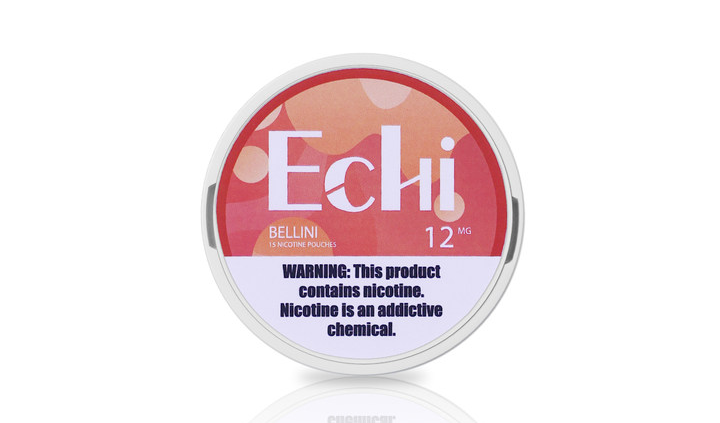
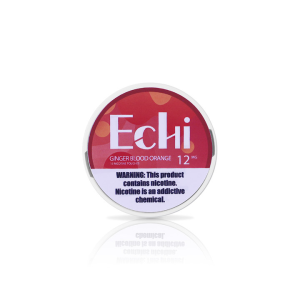
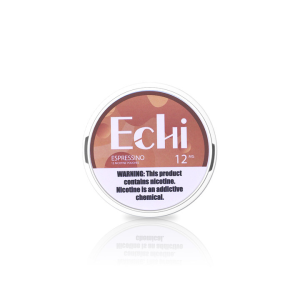
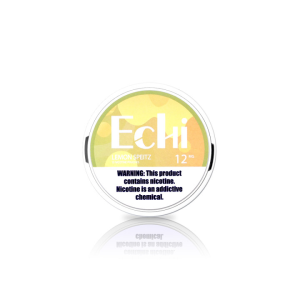
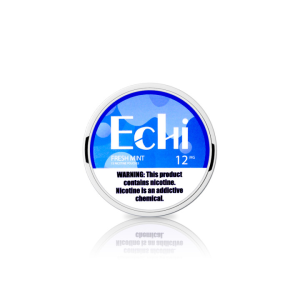
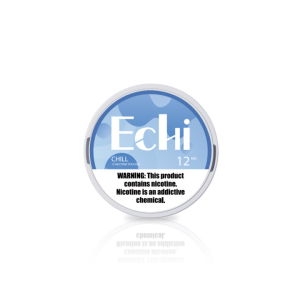
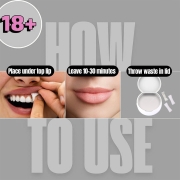
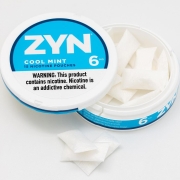
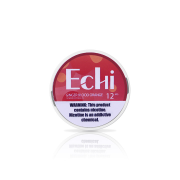
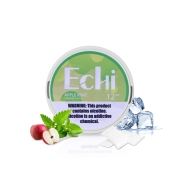
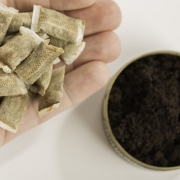
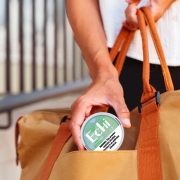
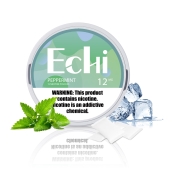
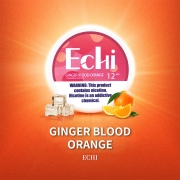


Leave a Reply
Want to join the discussion?Feel free to contribute!